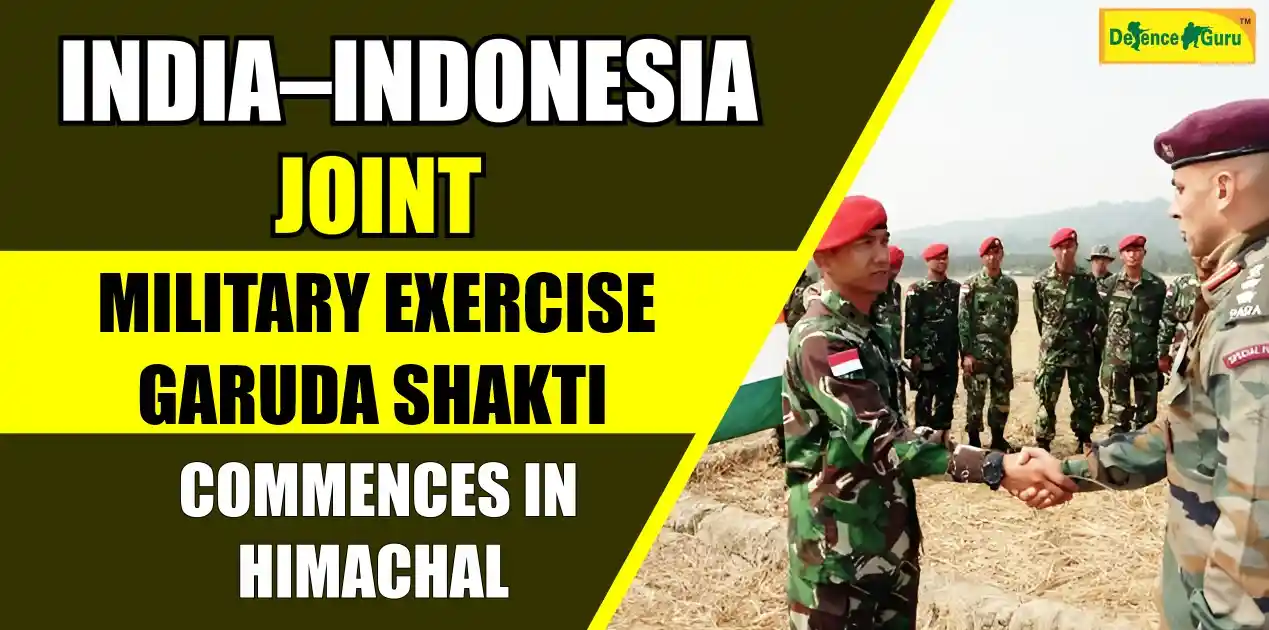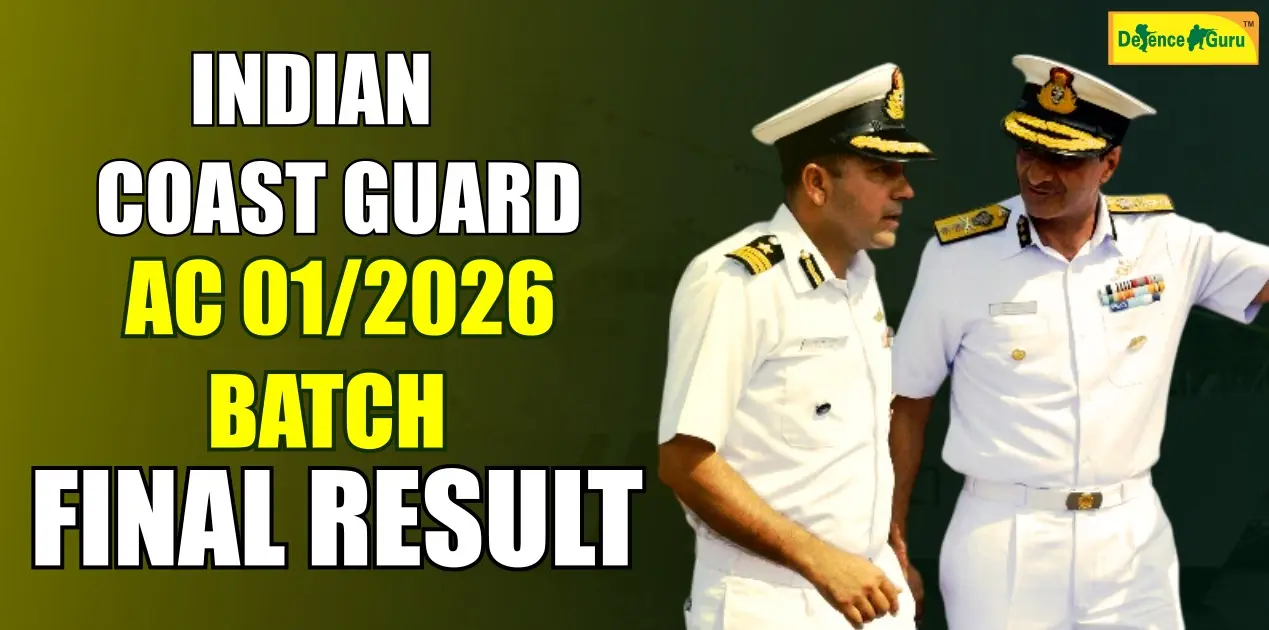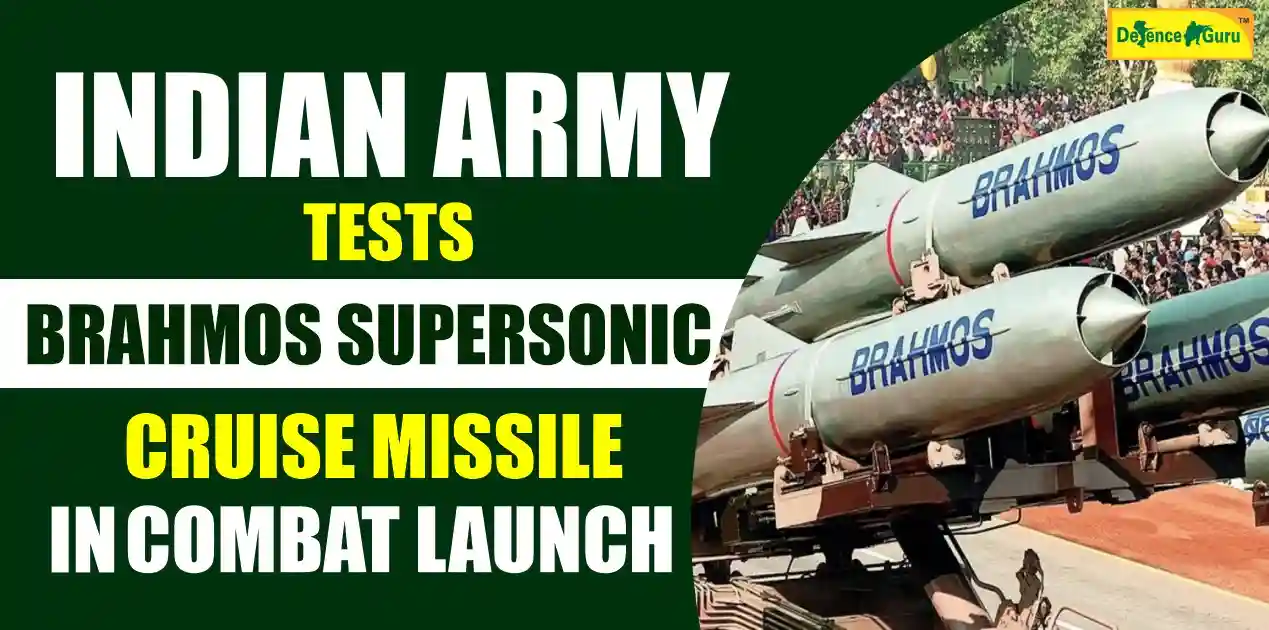ISRO Successfully Tests Gaganyaan's Main Parachutes Ahead of Crewed Launch
In a remarkable feat for India's Gaganyaan human spaceflight mission, the Indian Space Research Organisation, ISRO, successfully conducted an important test of the Crew Module's main parachutes at the Babina Field Firing Range, Jhansi, on November 3, 2025. This vital milestone test helps guarantee the safety of astronauts and mission reliability.
A Major Step Towards India's First Human Space Flight
The latest test formed part of a series of Integrated Main Parachute Airdrop Tests (IMAT) conducted to confirm the efficiency and robustness of the parachute-based recovery system of Gaganyaan. This is a complex mechanism which forms the guarantee for a smooth and controlled descent of the crew module after re-entry into Earth's atmosphere.
The Gaganyaan mission aims to send three Indian astronauts up to low-Earth orbit on a three-day mission, which is India's first-ever human space flight. Ahead of the historic mission, ISRO is testing every subsystem — from crew escape to recovery systems — through a series of uncrewed validation missions.
Engineering Marvel: The Multi-Stage Parachute System
The Crew Module Parachute System contains a total of ten parachutes under four categories, each serving a certain function during the process of the spacecraft's decent. The opening of the parachute compartment by two apex cover separation parachutes initiates the procedure. Then, two drogue parachutes stabilize and slow the fast-descending module.
Once stabilized, three pilot parachutes extract three large main parachutes, and these further reduce the module's velocity for a safe landing. The system has been engineered with redundancy: even if one main parachute were to fail, the other two can still ensure a safe touchdown.
Precision and safety through advanced design
The deployment of each main parachute is done using a reefed inflation technique, allowing it to open in two controlled stages: partial (reefing) and full (disreefing). This staged deployment minimizes the mechanical stress on both the parachute and the module, ensuring a smoother deceleration.
A pyrotechnic timing device controls the inflation sequence to ensure accuracy and structural stability of the parachute through descent.
Testing Extreme Scenarios
In the latest IMAT, engineers deliberately introduced a delayed disengaging in one of the main parachutes to simulate an actual flight failure condition. The test was to validate the stability of the system under asymmetric loading, which is considered one of the toughest flight dynamics.
A dummy Crew Module of the actual spacecraft weight was airdropped from an IAF IL-76 aircraft flying at 2.5 km altitude. The parachute deployment sequence-from drogue release to main canopy inflation-performed as expected, and the Crew Module descended stably, touching down with a soft landing.
Collaboration Across India's Defence and Space Agencies
This test was a joint mission involving ISRO's Vikram Sarabhai Space Centre (VSSC), DRDO's Aerial Delivery Research and Development Establishment (ADRDE), the Indian Air Force, and the Indian Army. The seamless coordination between them ensured the flawless execution of this high-stakes test. A Leap Toward the Crewed Gaganyaan Mission. The successful completion of this test strengthens India's progress toward human-rating the Gaganyaan systems. It confirms the reliability and resilience of the parachute recovery system even in potential failure situations. With this feat, the Indian Space Research Organisation inches closer to sending Indian astronauts into space, showcasing the country's technological prowess, precision engineering, and unwavering commitment to safety - key pillars for India's first-ever crewed space mission.
Read more:
India to Acquire 80 Medium Transport Aircraft to Modernise Airlift Fleet
DRDO’s ‘Swayam Raksha Kavach’ Makes Tejas Mk-1A a Stealth-Capable Fighter

















